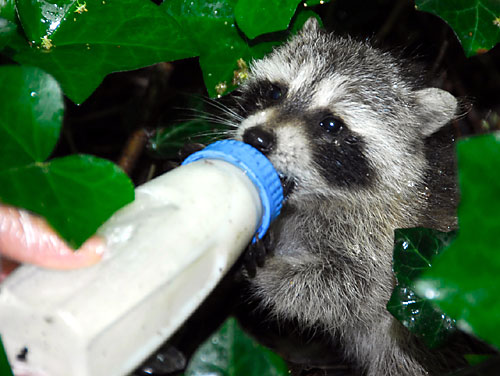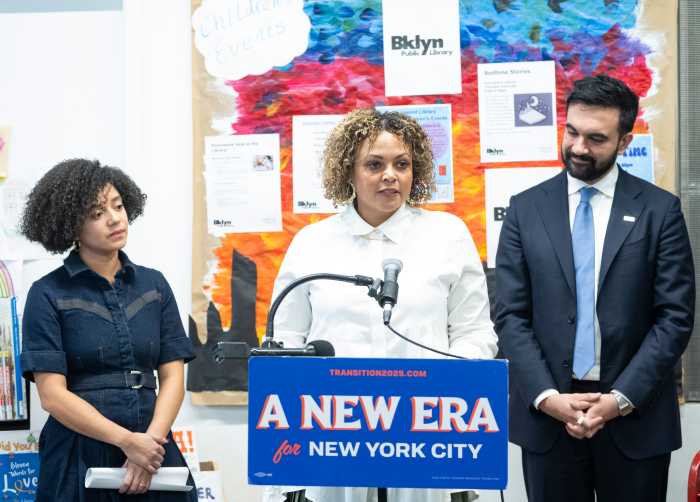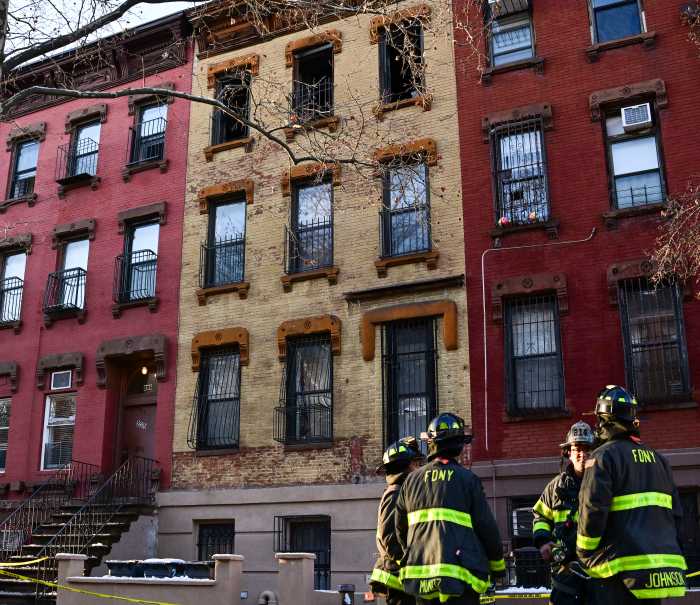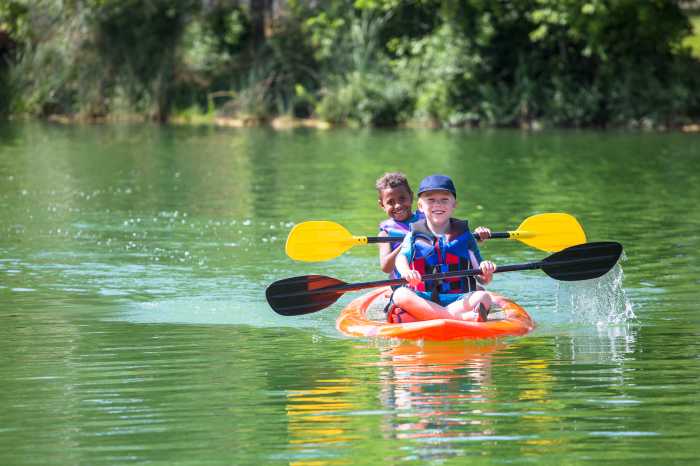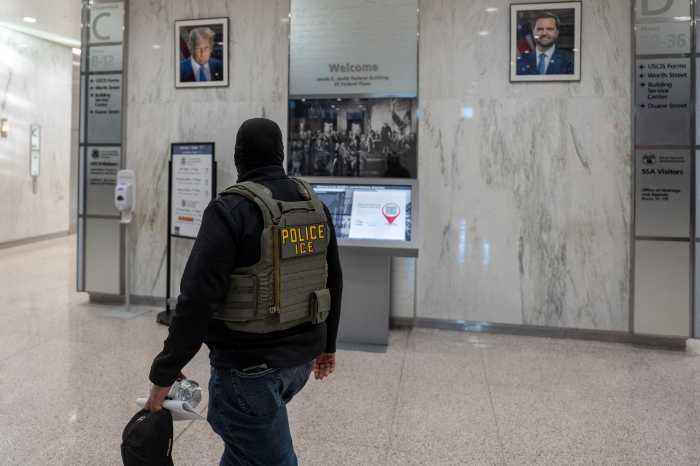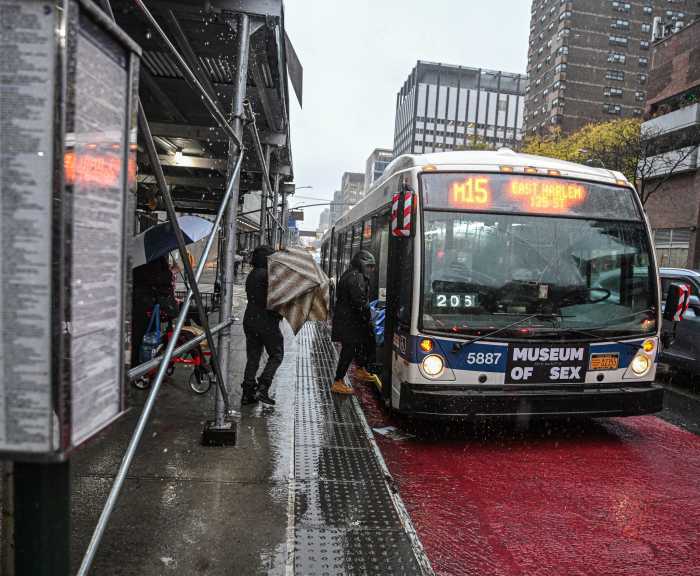A Sunset Park woman is caring for a helpless baby raccoon by herself because she can’t find a professional to take over.
“I’ve been calling for days, everywhere. I haven’t gotten no help from no one,” said Margarita Gonzalez, who has been feeding the cub with a baby bottle ever since it wandered into her backyard on 34th Street near Fourth Avenue.
“I called the Humane Society, and from there they have connected me to numbers and numbers and numbers. I’ve called 311 I don’t how many times.”
In the meantime, Gonzalez has named the raccoon “Weasel,” and comforts it by petting it with a plastic spoon.
“He’s so cute,” Gonzalez said. “He doesn’t attack me when I try to rub him softly with the spoon. He gets comfortable, like I’m his mother.”
She found the raccoon about two weeks ago, when her daughter heard it mewing in the backyard.
“We heard it crying, sounding really desperate,” said Gonzalez. “We said, ‘It’s a bird. Then my daughter looked down and said, ‘No, Mami, it’s a raccoon.’ I took care of it from then on.”
Gonzalez’s ongoing dealings with the baby raccoon aren’t the first instance of Procyonidae-human interaction in Brooklyn.
In December, The Brooklyn Paper ran a series of reports detailing how the bushy-tailed critters were popping up all over the borough, from Carroll Gardens to Red Hook — and everywhere in between.
Brooklynites handled the apparent upsurge in raccoons with varying degrees of equanimity. Some welcomed the black-eyed furballs as an adorable addition to the community, while others, like Councilman Vince Gentile (D–Bay Ridge) distributed, at his own expense, a humane raccoon repellant called “Critter Ridder.”
Gonzalez has some experience tending to seemingly abandoned baby raccoons. Four years ago, she found two baby raccoons that had fallen from a neighborhood rooftop and turned them over to a raccoon rehabilitator.
Her story may warm the hearts of animal lovers Brooklyn-wide, but it’s not necessarily the best course of action where baby raccoons are concerned.
“Generally, it’s a really good idea to leave wildlife alone and allow the animals to be cared for by their own parents,” said Gordon Batcheller, a wildlife biologist with the state’s Department of Environmental Conservation. “People may conclude the animal is abandoned, when in fact, it may not be.”
Paul Curtis, a Cornell University wildlife damage control specialist, agreed.
“The best thing is to stay away from it, keep children and pets away from it and just observe it for at least half a day,” said Curtis. “Usually, the parents will come and retrieve it and it will disappear overnight.”
In cases where the young animal actually is abandoned or obviously injured, both recommend calling DEC’s regional office at (718) 482-4922 for a list of licensed wildlife rehabilitators.


